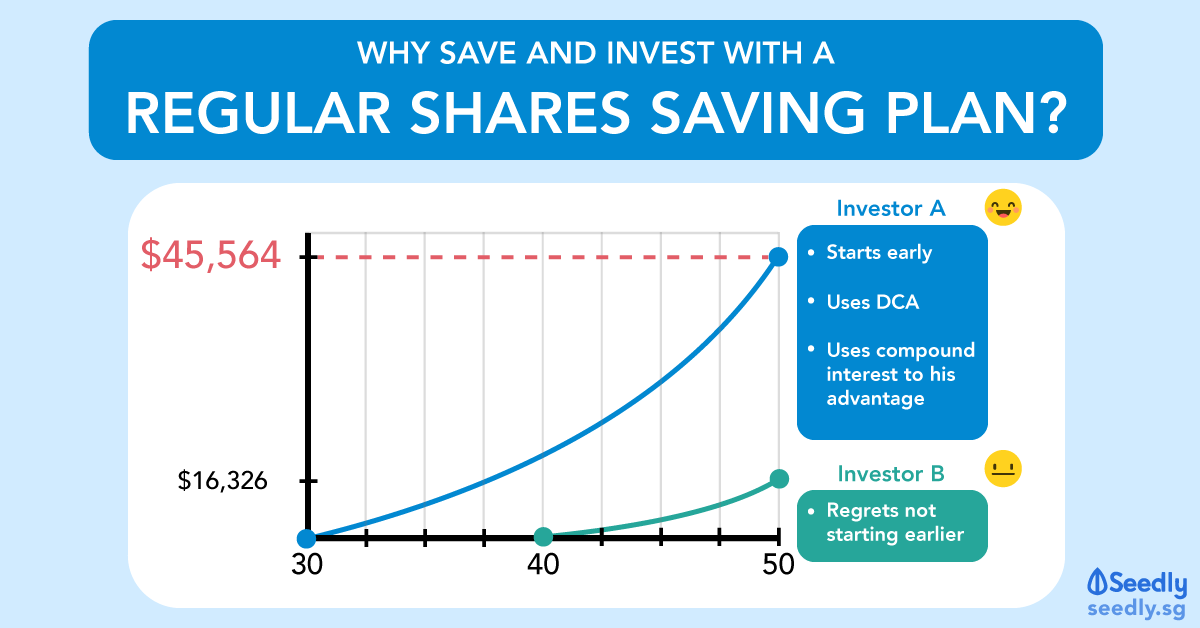Advertisement
Anonymous
For Regular Savings Plan (RSP) strategy, I feel it's useful to use it as a way to average down while the current price is lower than your average price, instead of continue buying while the price keeps going up. Am I right?
Issue is because when price goes up, your average price will be higher and nearer to current price. hence less gain. Worse if price drop then you are losing already.
6
Discussion (6)
Learn how to style your text
Reply
Save
Ng Wei En
05 Jun 2020
Analyst at Mastercard
The RSP strategy takes root from the Dollar-cost averaging investment strategy which aims to reduce the impact of volatility by investing in lump sum or in huge volumes. To better illustrate the power of dollar cost averaging in contrast with investing lumpsum , it is usually assumed that the lumpsum amount is divided up equally across a period of say 12 months to achieve the RSP or DCA strategy. This makes for a fair comparison with investing lumpsum at the start of the 12 months. Of course when it comes to actual investing, you are free to modify the RSP strategy and "double down" when prices are below average or near 52W Low or something.
The idea of dividing up investment across regular periods of time in the RSP strategy(e.g monthly) is to ensure you always take your chances with time in the market regardless of the performance of the market because no one can accurately time the market.
If your research or sentiments tells you that you should be taking more chances with a sharp drop in prices, by all means you can "double down" on that opportunity. However, in times whereby prices go up, you should also stay invested perhaps by putting in a smaller sum or your regular sum. In the long run, you will realise it will pay off to be invested more heavily than trying to time the market all the time.
TLDR: Time in market beats timing the market
Reply
Save
Write your thoughts
Related Articles
Related Posts
Related Products

Moomoo Singapore
4.7
485 Reviews
From $0
MINIMUM FEE
0.03%
TRADING FEES
Custodian
STOCK HOLDING TYPE

Saxo Markets
4.5
960 Reviews

CMC Invest
4.8
143 Reviews
Related Posts
Advertisement








Hi Anon, you are absolutely right! From what I understand, it makes sense for DCA when the market is going down too and not just going up. Because like what you said, when the market is going up, you are buying less and less with a fix sum of money.
Although we wont know what the market will look like in the future, based on history, markets go up more then they go down, thus went the market is going up, it might be better to consider doing a lump sum investment.
Having said that, some of us might not have the capital to do so and thus sticking to a RSP will be a good way to invest for such individuals.
:-)